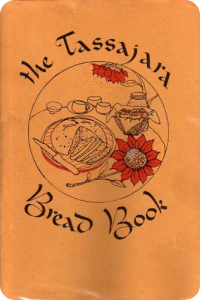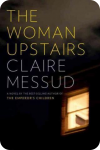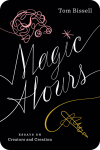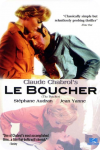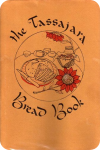The idea of baking bread from scratch had long fallen into the same category as Beyoncé’s abs circa 2004: enviable but intimidating. But The Tassajara Bread Book has gently eased me into the art of breadmaking, revealing its ease and joy.
Tassajara is a Zen monastery in central California, and this book was developed with simplicity in mind. The ingredients lists for most breads feature four to six basic items, and the directions are straightforward and sweetly whimsical. Does this sound a little austere, perhaps a tad precious? Worry not, as there are also recipes for unabashed delights like Butter Kuchen, Turkish Coffee Cake Cookie Bars, and Coffee Liquor Butter.
This book focuses on enjoying the process as it unfolds before you. Contrary to popular belief, bread is quite independent—it does not require full-time nurturing so much as a roll and a jab a few times throughout the day. And in the end, creating something so aromatic and delicious from nearly nothing is hugely satisfying. I’ll leave it to Mr. Brown to explain: “Bread makes itself, by your kindness, with your help, with imagination streaming through you, with dough under hand, you are breadmaking itself, which is why breadmaking is so fulfilling and rewarding.”
